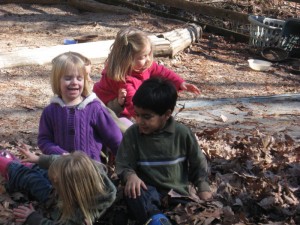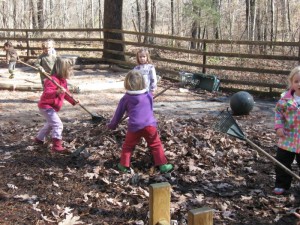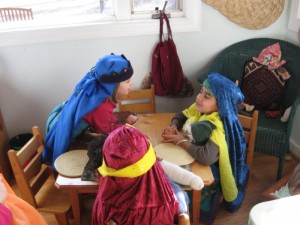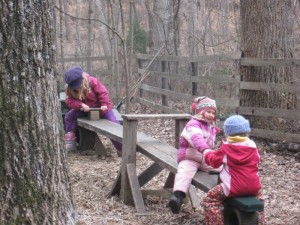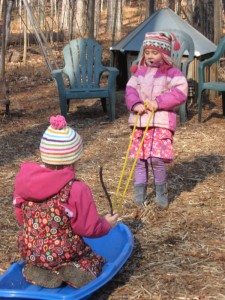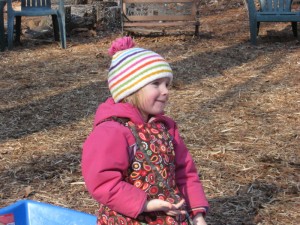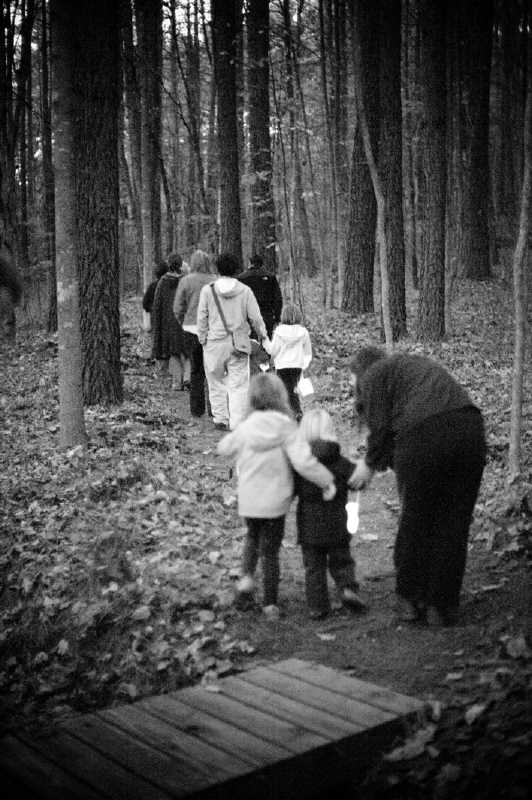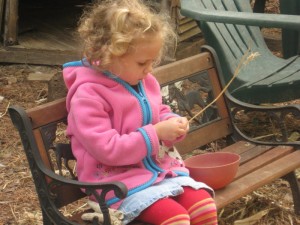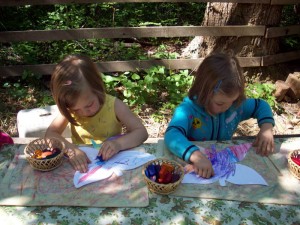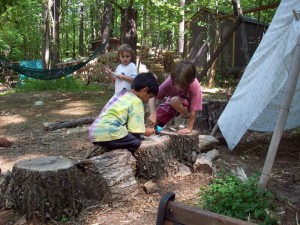 Hello, friends! It is September and school has begun again. The children are full of joy to be back into the simple warm rhythms; enfolded by this rhythmic flow, they grow more fully into themselves. Here is what one parent wrote me about the bridge her child has built between home and school:
Hello, friends! It is September and school has begun again. The children are full of joy to be back into the simple warm rhythms; enfolded by this rhythmic flow, they grow more fully into themselves. Here is what one parent wrote me about the bridge her child has built between home and school:
“The school day doesn’t just stop when the day is over. Greer plays school whenever she is at home as well. At home she gets the chance to be the teacher. She sets up our living room like the living room at The Rose Garden. Moving the coffee table and couches so that the space is just right. She brings in her own chair along with a cup of tea and some crackers. She sets her babies up in a semi circle around her so everyone can see and then she begins to “read” her story always starting with the chime of the bell which at our house is the clinging of silverware. She then sips on her tea as she tells her story with a big (all words) book in her lap.
When the time for resting comes up she prepares by laying all the colored silkies around the room and placing each baby it the appropriate place. She covers them says sweet words to them and gives each a gentle rocking motion to help the fall asleep. Once everyone is satisfied she goes to her chair and has a sip of tea.
Watching this take place in my own living room gives me a sense of satisfaction and pure joy. What my husband and I are giving our youngest of three is a treasure that is molding her into the gentle and kind human-being that we had hoped for when we decided to become parents.
Thank you to Sharifa and Rebecca for keeping us grounded in what really matters in life. The innocence and love our children bring us everyday.” Shannon
And thank you, Shannon, for sharing this with us! These rhythms create the foundation for a lifetime. During the summer, I had the pleasure of talking, on separate occasions, with two of my former students who are now college students. Each young woman told me how deeply her early years had formed and shaped her. The years spent in this forest busily building “homes” for insects & feeding the birds as well as singing, painting, playing and listening intently to stories had given them a deep love for the world, and also a beginning direction in their future work. One young woman is studying environmental law and she said she paints for pleasure, while the other is a poet as well as environmental activist.
The environment of our home gives shape to the young soul; let us be joyful for this gift, as we go about our “daily round!”


